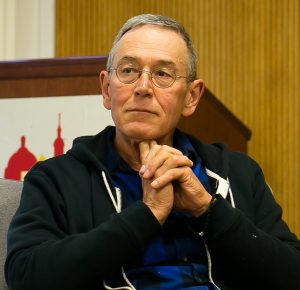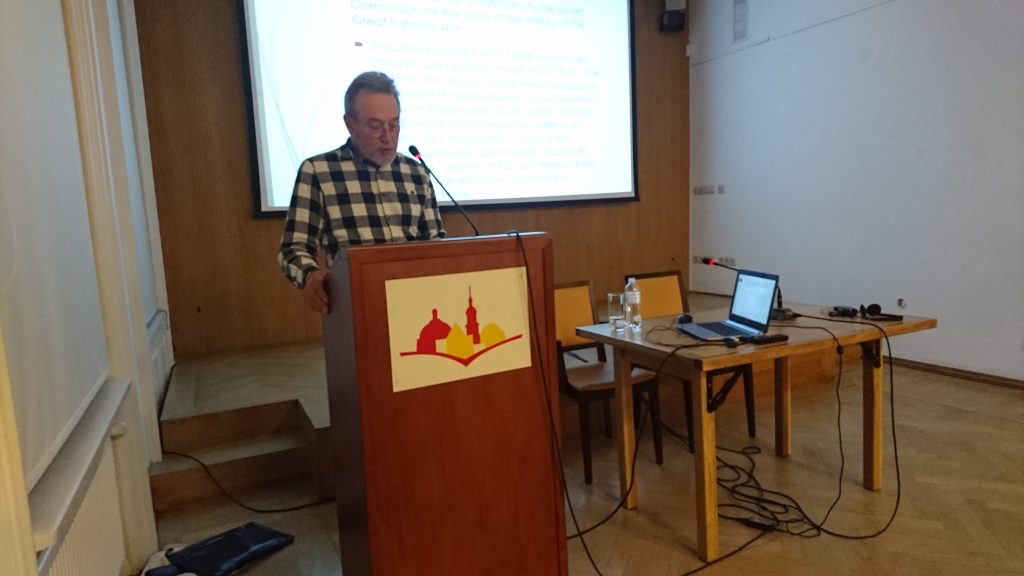Who Whom? Problems in Identifying Perpetrators and Victims in Ukraine on the Eve of and During the Second World War
John-Paul Himka
University of Alberta, Edmonton19.10.2017, 18:30
Center for Urban History, Lviv
The surprise attack of Nazi Germany on the Soviet Union on 22 June 1941 initiated a storm of violence. The Soviet authorities failed to arrange the evacuation of prisoners and simply murdered them instead, in the thousands. When the Germans arrived in Lviv and many other West Ukrainian localities in the summer of 1941, they opened the prisons and other make-shift mass graves. The air stank of bodies decomposing in the heat of the summer. The apocalyptic atmosphere proved fertile ground for anti-Jewish violence. In addition to pogroms inspired by Germans, mass shootings of Jews and Communists also took place, perpetrated mostly by the German SS.
Things happened so fast that it was sometimes very difficult to figure out who killed whom. The confusion started back in the summer 1941 and has lasted until this day. For example, in July 1941, in a village near Drohobych, there was a solemn funeral ceremony to bury 15 Jews murdered by the German Security Police (Sicherheitspolizei) as Ukrainian heroes butchered by the NKVD. In 2011–2012 mass burials were discovered within the premises of the prison in Volodymyr-Volynskyi. The question of whose remains had been found is still open. Were those victims shot by the NKVD in 1940–1941, or Jews killed by Germans in 1942–1943? In addition to actual mistakes, the situation was aggravated by Soviet propaganda attributing their own crimes to the Germans. Soviet propaganda has also influenced and left its mark on the historiography even outside the Communist world.

John-Paul Himka
is a professor emeritus in the Department of History and Classics at the University of Alberta (Edmonton). He is author of four monographs on “Ukrainian history: Socialism in Galicia” (1983), “Galician Villagers and the Ukrainian National Movement in the Nineteenth Century” (1988), “Religion and Nationality in Western Ukraine” (1999), “Last Judgment Iconography in the Carpathians” (2009). He is the co-editor, jointly with Joanna Michlic, of the collection “Bringing the Dark Past to Light: The Reception of the Holocaust in Post-Communist Europe” (2014). He is currently working on two research projects – on Ukrainian sacral culture in the Canadian prairies and on the participation of the OUN and UPA in the Holocaust.
The open lecture is part of the public program for the exhibition "(un)named".
Credits
Сover Image: The main gate of Brygidky

